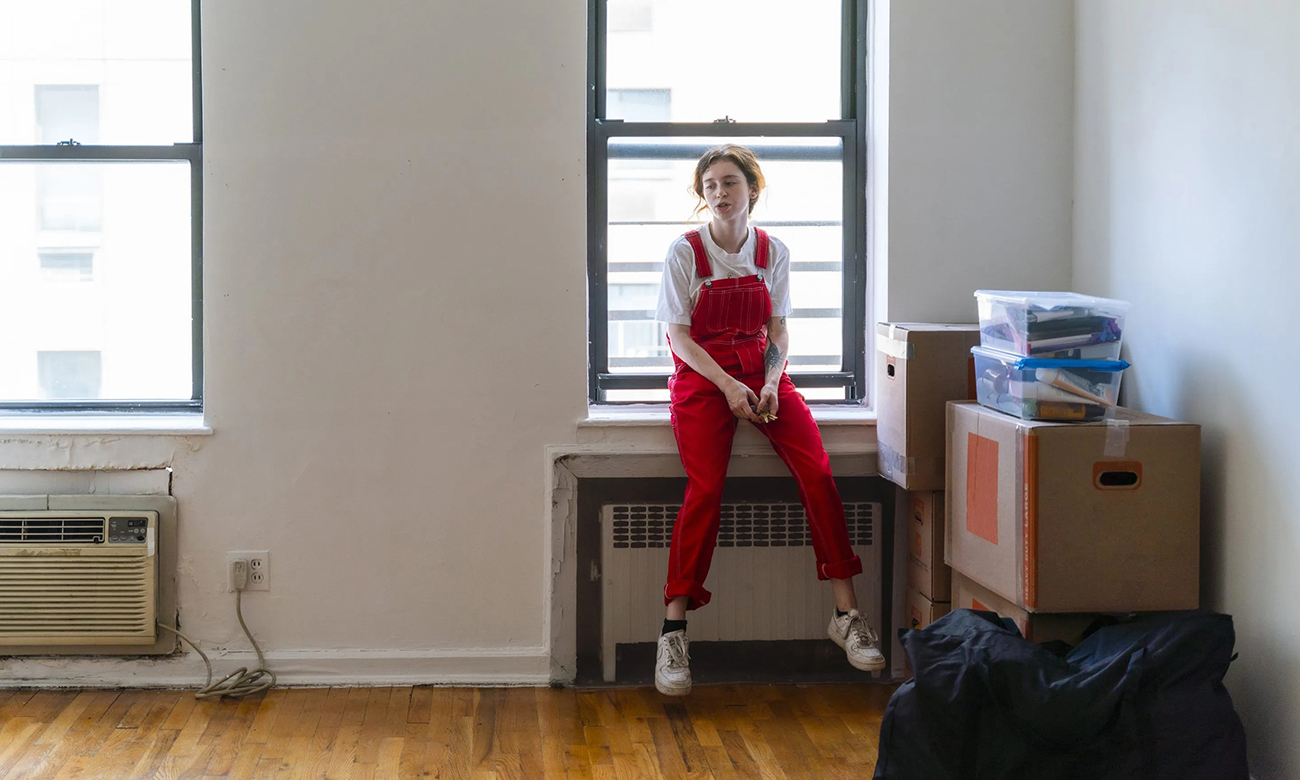
12年前的房租已经“高到离谱”,之后一直在不断上涨。据Zillow统计,房租的大幅上涨,导致美国租客为了支付平均月租,每个月需要比新冠疫情之前额外工作六个小时。
这家房地产公司报告称,过去五年,美国房租上涨了约36%,目前全国平均月租为2,040美元。同期工资仅上涨了23%。
美国人目前处境艰难,生活成本不断增加,主要源自几个方面:房租上涨,通货膨胀带来的食品杂货、汽油和生活必需品价格上行压力;经济衰退的威胁;以及后疫情时代的劳动力问题。这些问题导致上班族在大规模裁员中想要更好地平衡工作和生活。
Zillow的高级经济学家杰夫·塔克在报告中写道:“2021年的大多数时间,房租的增长速度创历史纪录,挤压了租客搬家或者续租的预算。”现在,似乎有更多的人选择与室友或者家人合租,这意味着更高的空置率,而房东则面临压力,必须选择有竞争力的房租价格。”
塔克表示,好消息是“上个月,租金两年来首次下降,这可能是房租进一步下降的开始,或者至少意味着租房市场正在恢复正常的季节性波动。”
上个月,美国平均房租结束两年持续上涨,下降不到1个百分点,而在今年年初时,年房租涨幅达到17%的最高点。
虽然这可能预示着令人安心的变化,但按照目前美国的平均工资,美国人每周需要工作近63个小时,才能支付得起月租金。
迈阿密的租房客面临的压力最大,Zillow的分析师发现,迈阿密上班族按照平均工资计算,需要工作96个小时才能支付房租。这与五年前相比增加了24个小时。
在亚特兰大、菲尼克斯、纳什维尔和奥斯汀等城市,虽然房租价格依旧在大幅上涨,但为支付租金所需要的工作时间低于全国平均水平。只有圣何塞、波士顿和旧金山三大城市的上班族支付房租的压力较小,尽管这些都是美国房租最高的城市。(财富中文网)
译者:刘进龙
审校:汪皓
12年前的房租已经“高到离谱”,之后一直在不断上涨。据Zillow统计,房租的大幅上涨,导致美国租客为了支付平均月租,每个月需要比新冠疫情之前额外工作六个小时。
这家房地产公司报告称,过去五年,美国房租上涨了约36%,目前全国平均月租为2,040美元。同期工资仅上涨了23%。
美国人目前处境艰难,生活成本不断增加,主要源自几个方面:房租上涨,通货膨胀带来的食品杂货、汽油和生活必需品价格上行压力;经济衰退的威胁;以及后疫情时代的劳动力问题。这些问题导致上班族在大规模裁员中想要更好地平衡工作和生活。
Zillow的高级经济学家杰夫·塔克在报告中写道:“2021年的大多数时间,房租的增长速度创历史纪录,挤压了租客搬家或者续租的预算。”现在,似乎有更多的人选择与室友或者家人合租,这意味着更高的空置率,而房东则面临压力,必须选择有竞争力的房租价格。”
塔克表示,好消息是“上个月,租金两年来首次下降,这可能是房租进一步下降的开始,或者至少意味着租房市场正在恢复正常的季节性波动。”
上个月,美国平均房租结束两年持续上涨,下降不到1个百分点,而在今年年初时,年房租涨幅达到17%的最高点。
虽然这可能预示着令人安心的变化,但按照目前美国的平均工资,美国人每周需要工作近63个小时,才能支付得起月租金。
迈阿密的租房客面临的压力最大,Zillow的分析师发现,迈阿密上班族按照平均工资计算,需要工作96个小时才能支付房租。这与五年前相比增加了24个小时。
在亚特兰大、菲尼克斯、纳什维尔和奥斯汀等城市,虽然房租价格依旧在大幅上涨,但为支付租金所需要的工作时间低于全国平均水平。只有圣何塞、波士顿和旧金山三大城市的上班族支付房租的压力较小,尽管这些都是美国房租最高的城市。(财富中文网)
译者:刘进龙
审校:汪皓
Rent was “too damn high” 12 years ago and has only ballooned since. It’s increased so much that renters in the U.S. now have to work an additional six hours more than before the pandemic in order to afford the average monthly rent, according to Zillow.
Rent in the U.S. has risen roughly 36% over the last five years, sitting now at an average $2,040 a month across the country, the real estate company reported. In the same timeframe, wages have only increased by 23%.
Americans are in a bind, with mounting costs closing in from multiple sides: Rents are rising alongside inflation that’s putting pressure on groceries, gas, and essentials; the threat of a recession; and a post-pandemic malaise in the workforce that’s led workers to seeking better work-life balance amid cascading layoffs.
“Rents were growing at a record pace for much of 2021, squeezing budgets for renters moving or renewing leases. Now, it appears more people are opting to double up with roommates or family, which means more vacancies and pressure on landlords to price their units competitively,” Zillow’s senior economist Jeff Tucker wrote in the report.
The good news, Tucker noted: “Rents fell last month for the first time in two years, possibly the start of more price drops to come, or at least a signal that we are back to the usual seasonal rhythms of the rental market.”
Average rent in the U.S. capped its two-years of straight growth last month, falling less than a percent after annual rent growth peaked at 17% in the beginning of the year.
While it seems relief is on the horizon, in the meantime Americans will have to work nearly 63 hours on an average U.S. wage before they can afford their monthly rent.
The strain is most intense for renters in Miami, where Zillow’s analysis finds it takes 96 hours before workers making an average wage can pay rent. That is 24 more hours than renters in Miami would have needed to work to pay rent five years ago.
In metro areas like Atlanta, Phoenix, Nashville, and Austin, the hours of work needed to afford rent stayed below the national average despite still steep increases in rental prices. And in only three large metros—San Jose, Boston, and San Francisco—have rents gotten easier to pay, though they are among some of the highest rents in country.






